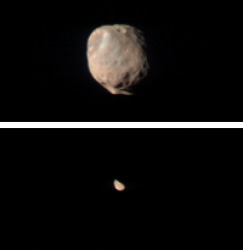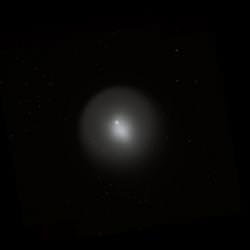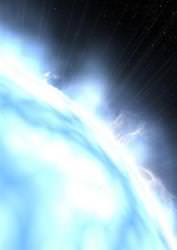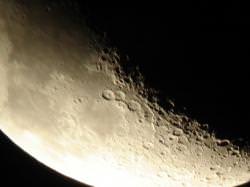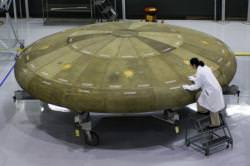Venus is a hostile world, with high temperatures, intense pressures, and an atmosphere with sulphuric acid. The Russian spacecraft sent to explore it succumbed in mere hours. Well, now it appears that Venus is even more dangerous than previously imagined, with lightning flashing in the atmosphere.
This latest discovery was made using ESA’s Venus Express spacecraft, currently orbiting our evil twin planet. In a recent article published in the November 29th issue of the journal Nature, planetary geologists describe the lightning storms that flare across the planet.
And these storms aren’t rare. In fact, the scientists think that Venus has more lightning activity than we have here on Earth.
The source of the lightning is different, though. Here on Earth (and Jupiter and Saturn), the electrical energy comes from clouds made up of water vapour. On Venus, however, it’s those clouds of sulphuric acid that generate the electrical charge.
The discovery was made with the Venus Express magnetometer instrument on board the spacecraft. It took measurements once a day for two minutes, when the spacecraft was closest to the planet.
With Venus Express’ primary mission now complete, scientists are expanding its mission to other scientific questions, such as trying to spot infrared radiation from lava flows on the planet’s surface. In 2010, another spacecraft will arrive at Venus: the Japanese Venus Climate Orbiter. Scientists will then be able to compare observations between the two spacecraft.
And any future landers will need to be hardened against these lightning strikes, just in case they happened to descend through a lightning storm.
Original Source: NASA News Release



